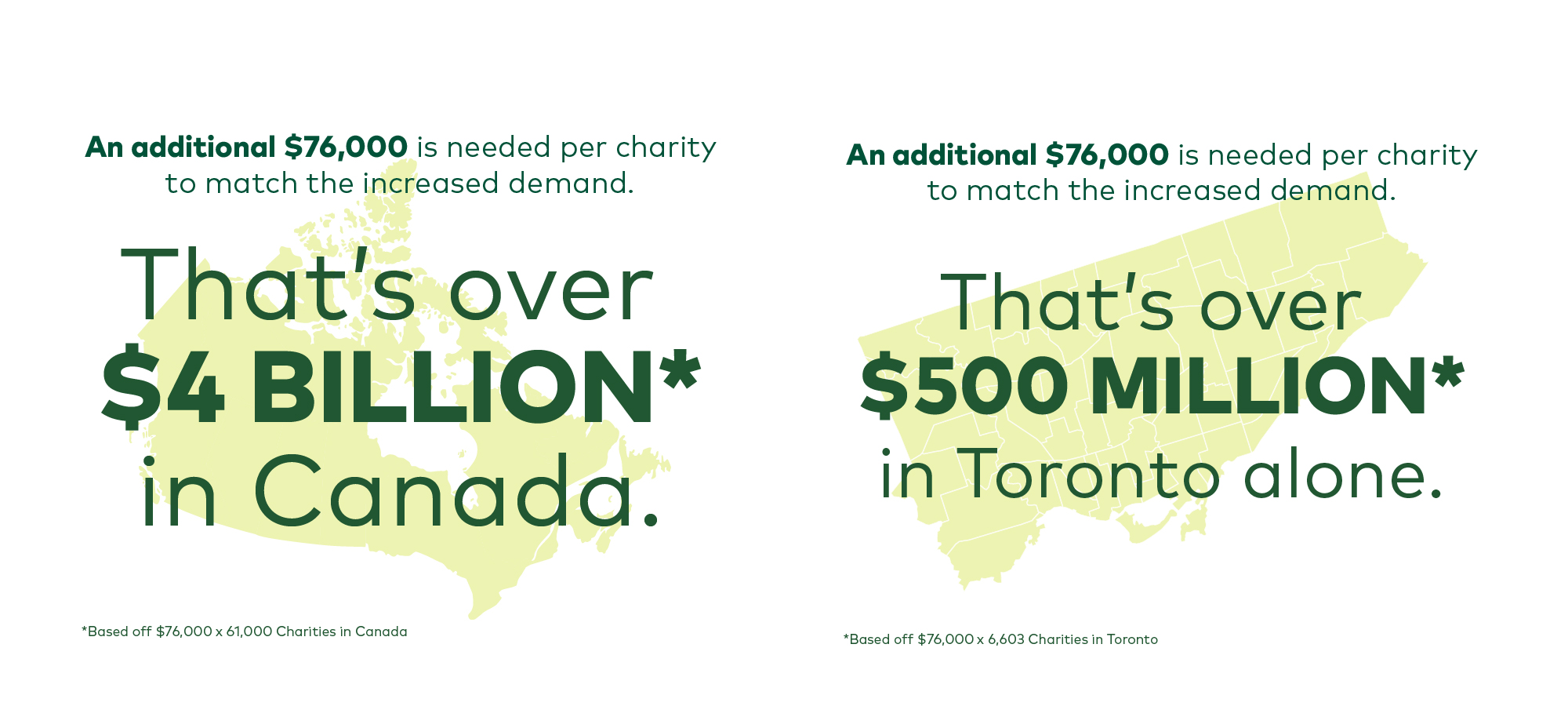More than one-third of food charities in Canada forced to turn people away while bracing for new demand in 2024
In December 2023, Second Harvest surveyed more than 1,400 non-profit organizations and food programs across Canada to forecast demand for their services in 2024. What we found was that on top of another year of increased demand for their work, many of these critical frontline organizations today are struggling to provide the support needed in the communities they serve.
“People in Canada can’t keep up with rising food costs,” said Lori Nikkel, CEO of Second Harvest. “More people are being pushed towards food charity, which for most people comes as a last resort. Food charities already struggle to meet the current demand, with many of them being forced to turn people away and add their names to growing waitlists for support. Our systems are buckling under the pressure.”

The national survey measured how the charitable food sector, which includes food banks, faith-based organizations, schools, shelters and many other social service organizations anticipated how the need for their food charity programs are going to change this year. At the end of 2023, more than 1,400 Canadian non-profit organizations supporting people with food were surveyed. This is the second year Second Harvest has conducted this study.
Here’s an overview of some key findings:
- 36% of NFPs say they have a waitlist of people who cannot access their support. In Toronto, that number increases to 50%.
- NFPs expect an increase of 18% in additional demand in 2024. In Toronto, non-profit food programs are bracing themselves for an increase of 30%.
- 43% of NFPs say they'll need 50 percent or more perishable food next year to meet the demand.
- 52% of NFPs say they'll need 50 percent or more non-perishable food next year to meet the demand.
- The average need for funding per NFP increased by 13% from last year equating to $76,000 per NFP.












